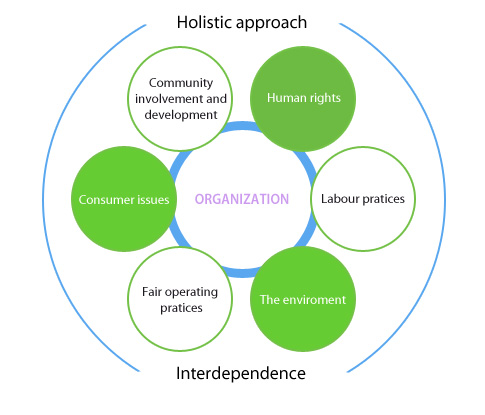1 st Bach - Financial Concepts
Financial Concepts
The economic management of an entrepreneurship has to do with key concepts such as: income, costs, expenses and investment. Knowing these concepts is important for the entrepreneur to calculate the break-even point and to make financial projections.
Income
Is the money that the entrepreneurship receives from the sale of goods and services developed to be sold in the market. To calculate the level of income (daily, monthly, annually or any other period) it’s necessary to know about the price and quantity of sales of the product.
(Example: If a bakery sells 200 pieces of bread daily for 0.20 cents their daily income is $40)
Costs
It has to do with the money the entrepreneur gives to the suppliers in exchange for goods or services. These costs, as the main characteristic, are related to the production area of the business.
(Example: In a bakery, flour and eggs are an example of costs because those are used to make the bread)
Expenses
They are related to the cash outlay from the entrepreneur for goods and services used to carry out commercial and administrative tasks. The interest payment of a loan is also included in expenses.
(Example: To make flyers for publicity. To pay the person in charge of accounting)
Investment
It’s the cash outlay that the entrepreneur uses for certain goods, mostly before the business can start running. The investment can be divided into fixed (fixed: machines, equipment, furniture, land, buildings, cars, etc.) and operational (money equivalent to the needs of at least three months to buy raw materials, pay salaries, give credit to customers, etc.).
(Example: In a bakery, the money spent in an oven is a fixed investment, the money deposited in the bank at the beginning of the business used to buy flour is an operational investment)
Break-even point
When the entrepreneur has info about incomes, costs, and expenses, the break-even point can be calculated. This is the lowest sale level that has to be reached so there isn’t any gain or loss. Financially, every range of sales over the break-even point means that there is a gain.
Break-even point = 87.14
Financial Projections
They are the calculation for the future accounts that contain income, costs, expenses and investment. This can be done for a month, a trimester, a semester, a year or any other time period.




Comments
Post a Comment